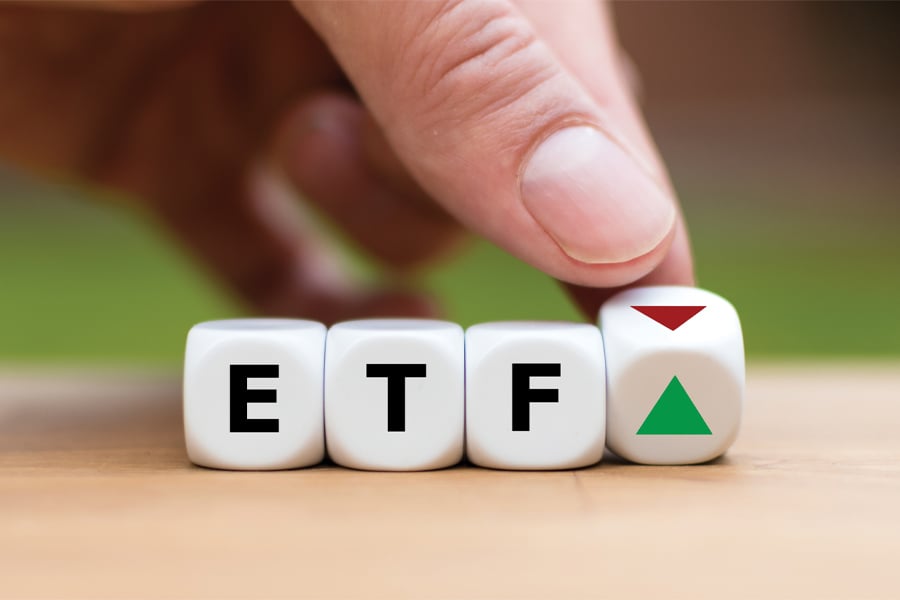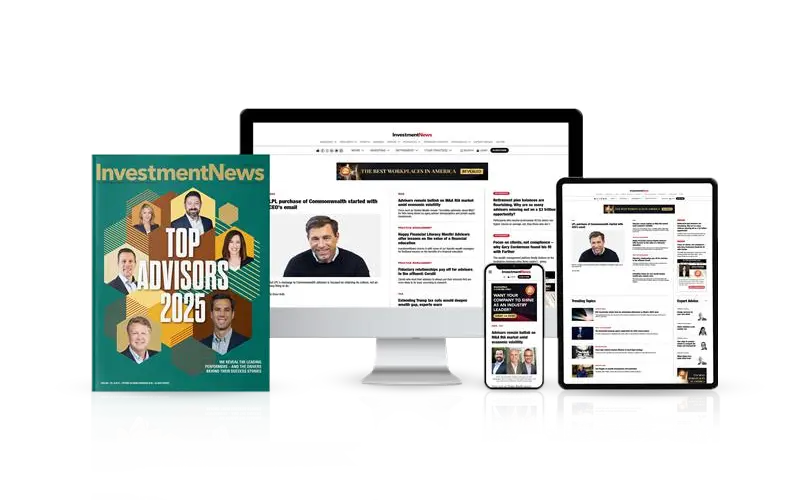

For US asset managers, the increasingly popular practice of converting mutual funds into exchange-traded funds offers significant inflow benefits, according to a recent study by Bank of America.
The research offers a positive sign for firms who want to join the part, which over the past five years has seen 121 actively managed funds holding $125 billion in assets go through such conversions.
And as noted by a Financial Times report covering the analysis, the tactic could be particularly appealing for fund managers struggling under the weight of consistent outflows.
“On average, for the issuer, it clearly looks like a winning move,” Jared Woodard, investment and ETF strategist at Bank of America Securities told the Times. He added, “I wouldn’t be surprised to see the trend of these mutual fund-to-ETF conversions continue to accelerate when you see the success that others have had.”
The study found that, on average, funds experienced $150 million in outflows during the two years before conversion but saw $500 million in inflows in the two years afterward. This “ETF advantage” applied to both funds that outperformed and underperformed their benchmarks.
Fee adjustments feature commonly in these conversions, as asset managers reduce costs to align with investor expectations for ETFs. On average, the total expense ratio dropped from 90 to 60 basis points post-conversion. Despite these reductions, the inflow gains have often made conversions revenue-positive within a year.
“Even amid intense competition in the ETF market, we find that the average ETF gains enough in flows to offset a lower fee base,” Woodard noted.
Bryan Armour, director of passive strategies research for North America at Morningstar, was quick to put an asterisk on the findings given the outsized role of Dimensional Fund Advisors in the movement. Based on the investment fund intelligence firm's data, seven of the funds that DFA switched in 2021 accounted for $32 billion out of the $35 billion in net inflows attributable to conversions.
“Dimensional ETFs are doing a lot of the heavy lifting in this research,” he told the Times.
Not all funds can find a viable second life as an ETF, Armour clarified, particularly in the world of 401(k )plans where ETFs still lack wide infrastructure support. The fact that 401(k) plans are tax-exempt, he added, also neutralize the tax-linked benefits investors might enjoy from going down the ETF route.
While mutual fund-to-ETF conversions remain a prominent trend – just take the muni-bond ETF launches from Vanguard last week as an example – alternative strategies such as launching ETFs as a share class of a mutual fund, following the well-known strategy originally patented by Vanguard, are also gaining traction.
“As the market becomes more competitive, managers with assets under pressure may decide to convert while they still can,” Woodard said.

Oregon-based Eagle Wealth Management and Idaho-based West Oak Capital give Mercer 11 acquisitions in 2025, matching last year's total. “We think there's a great opportunity in the Pacific Northwest,” Mercer's Martine Lellis told InvestmentNews.

Osaic has now paid $17.2 million to settle claims involving former clients of Jim Walesa.

Osaic-owned CW Advisors has added more than $500 million to reach $14.5 billion in AUM, while Apella's latest deal brings more than $1 billion in new client assets.

The up-and-coming Los Angeles-based RIA is looking to tap Merchant's resources to strengthen its alts distribution, advisor recruitment, and family office services.

US wealth advisory business will get international footprint boost with new tie-ups.
Orion's Tom Wilson on delivering coordinated, high-touch service in a world where returns alone no longer set you apart.
Barely a decade old, registered index-linked annuities have quickly surged in popularity, thanks to their unique blend of protection and growth potential—an appealing option for investors looking to chart a steadier course through today's choppy market waters, says Myles Lambert, Brighthouse Financial.
